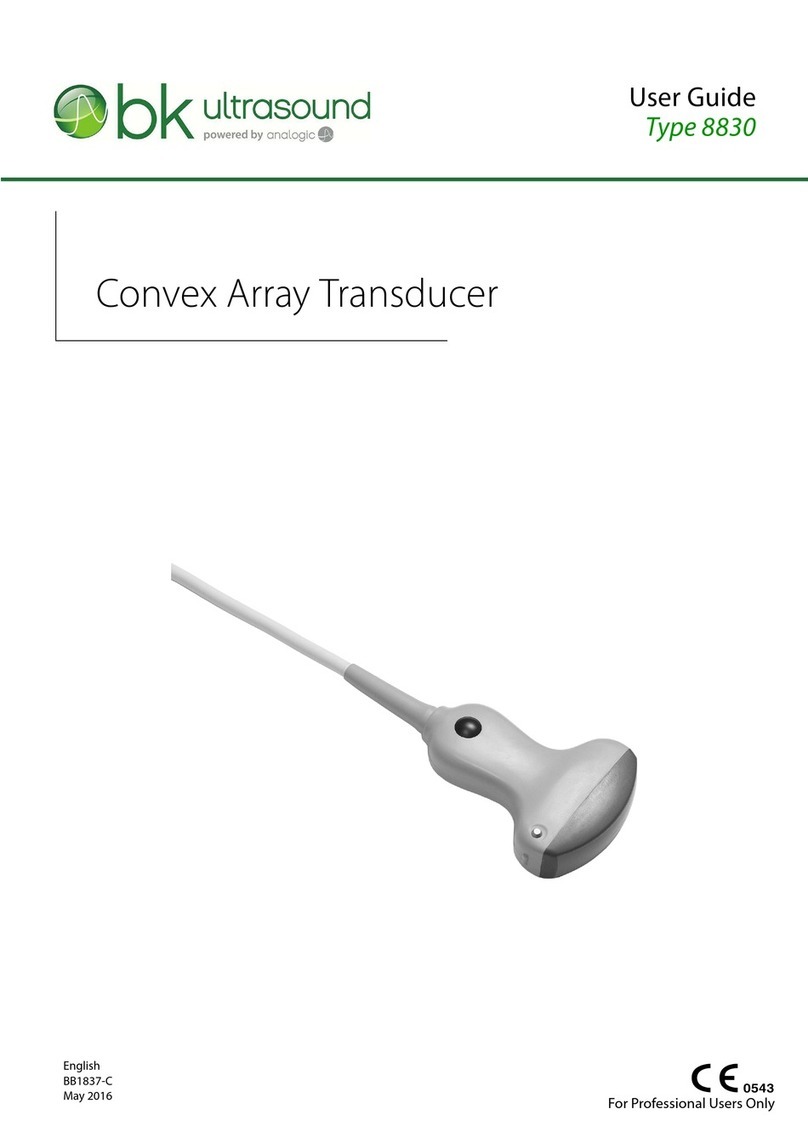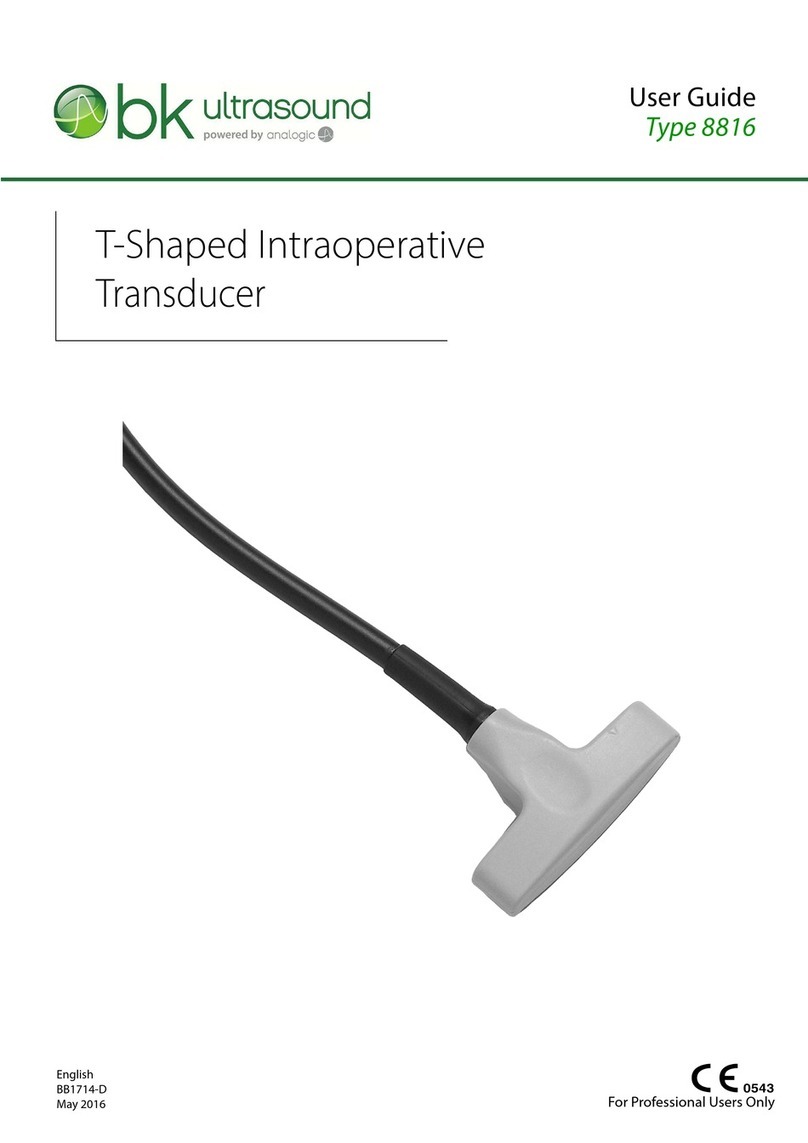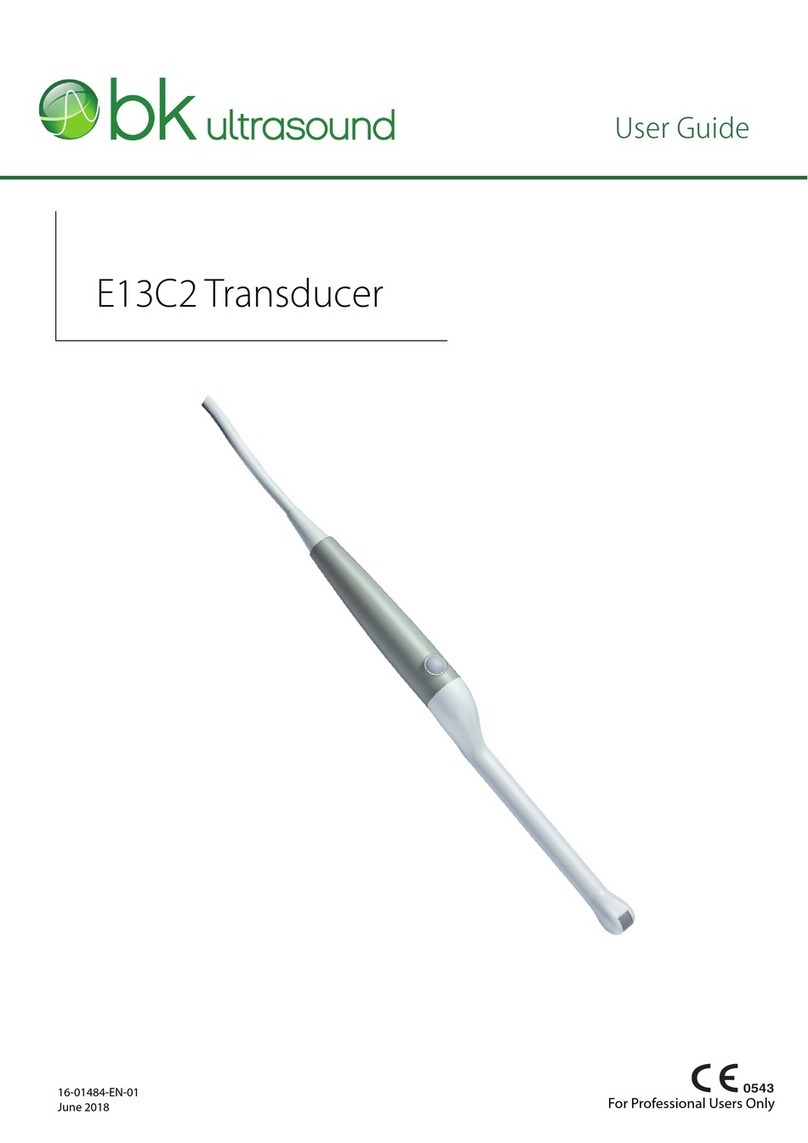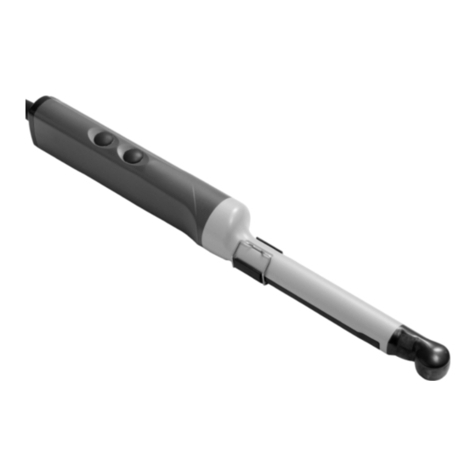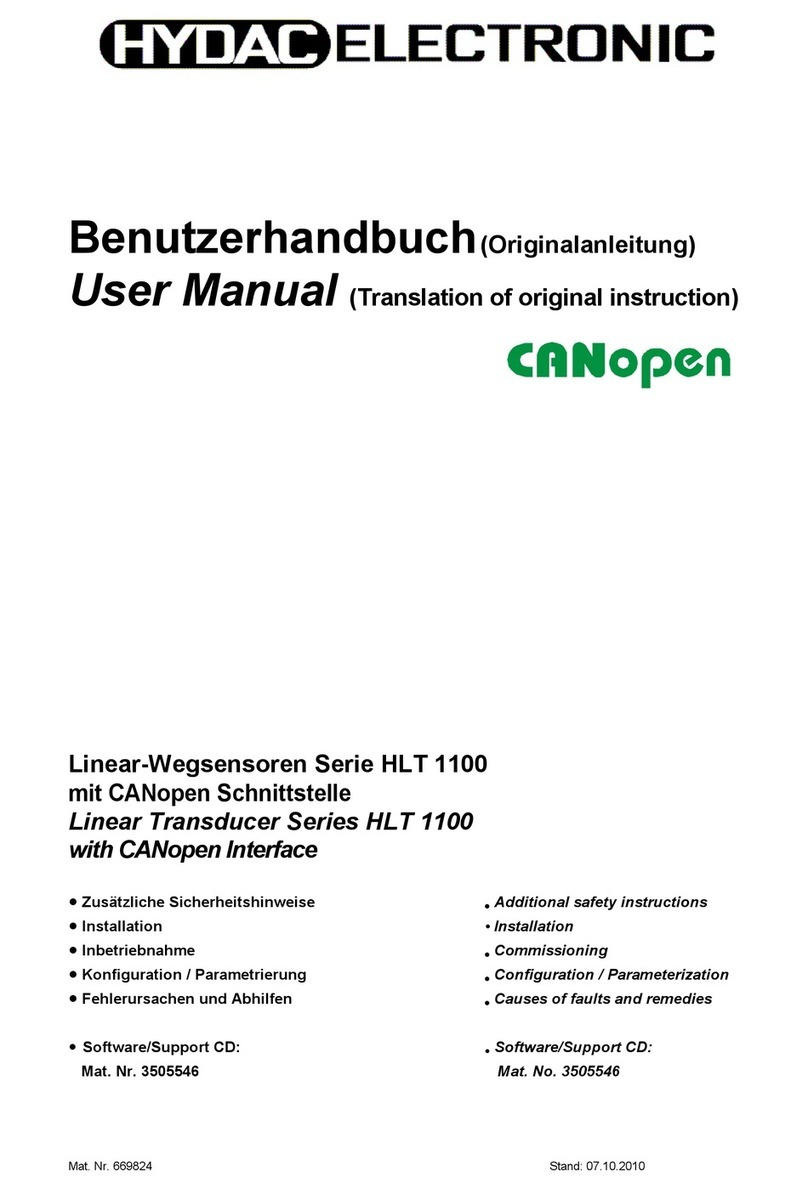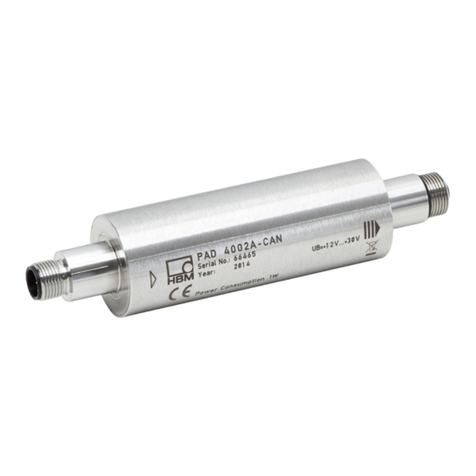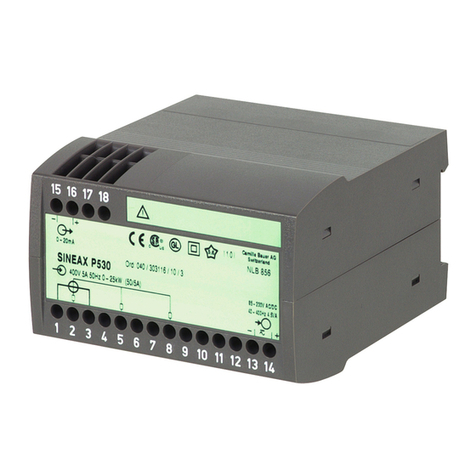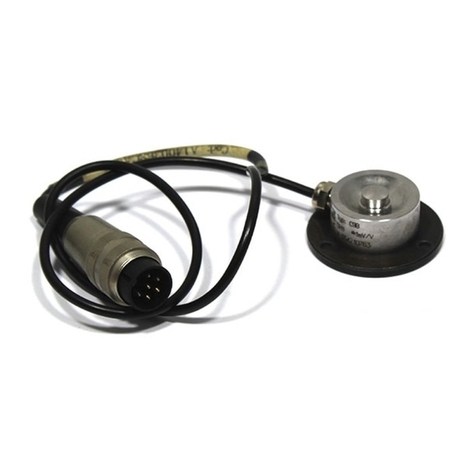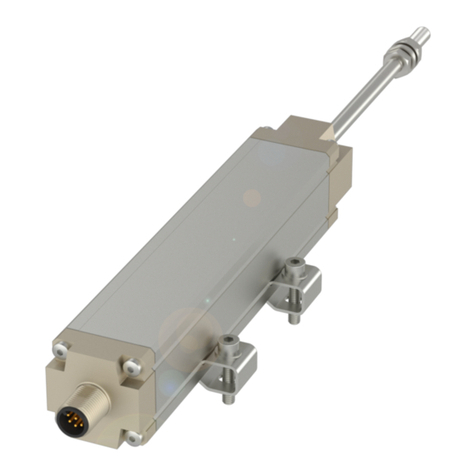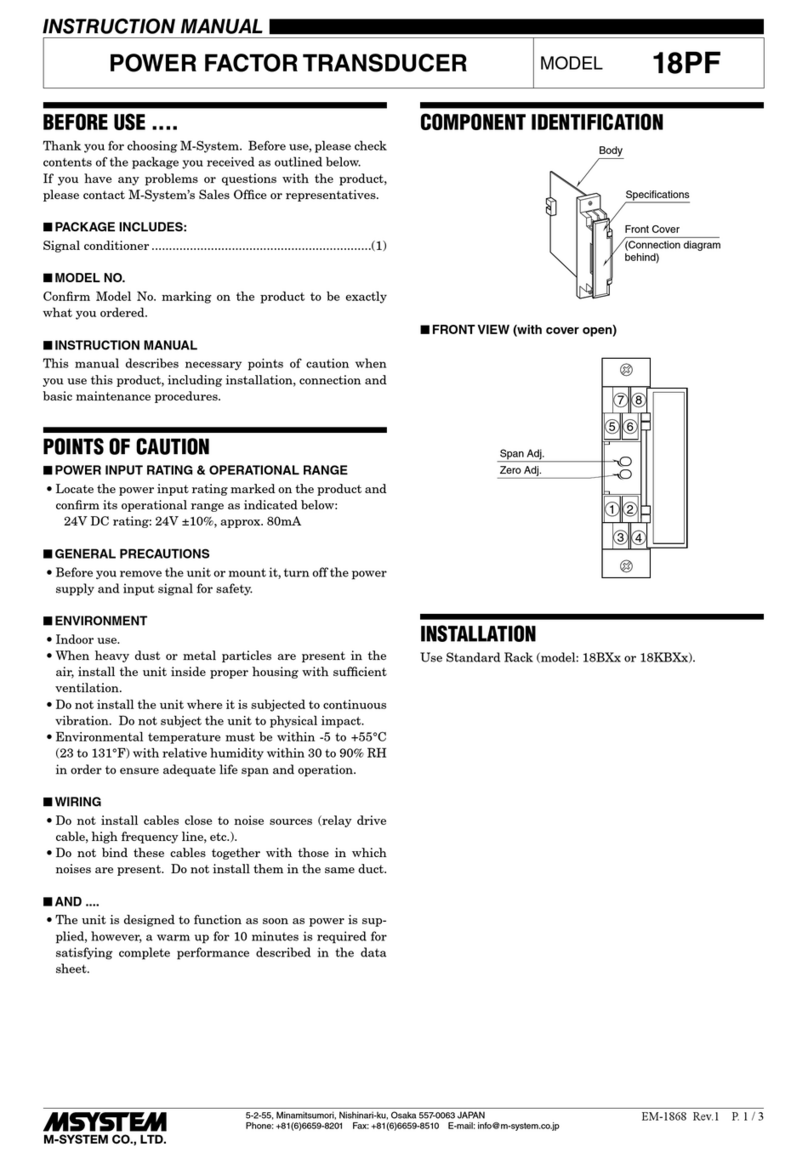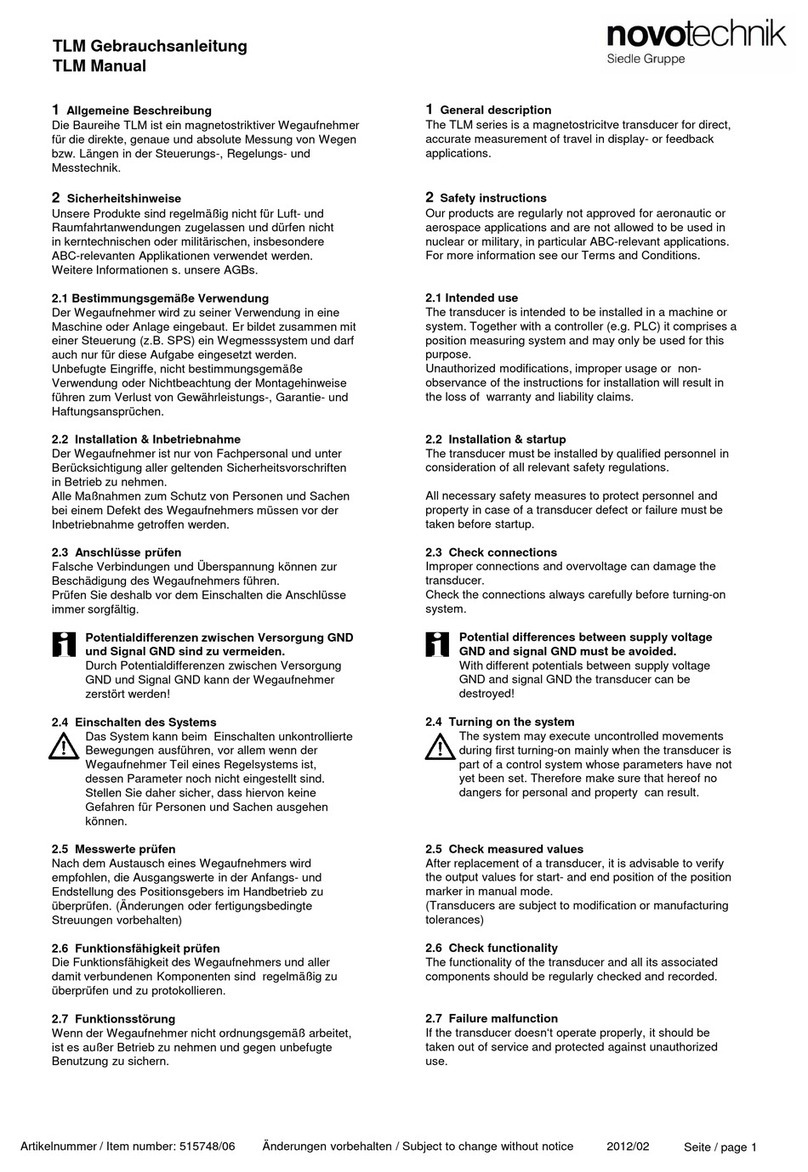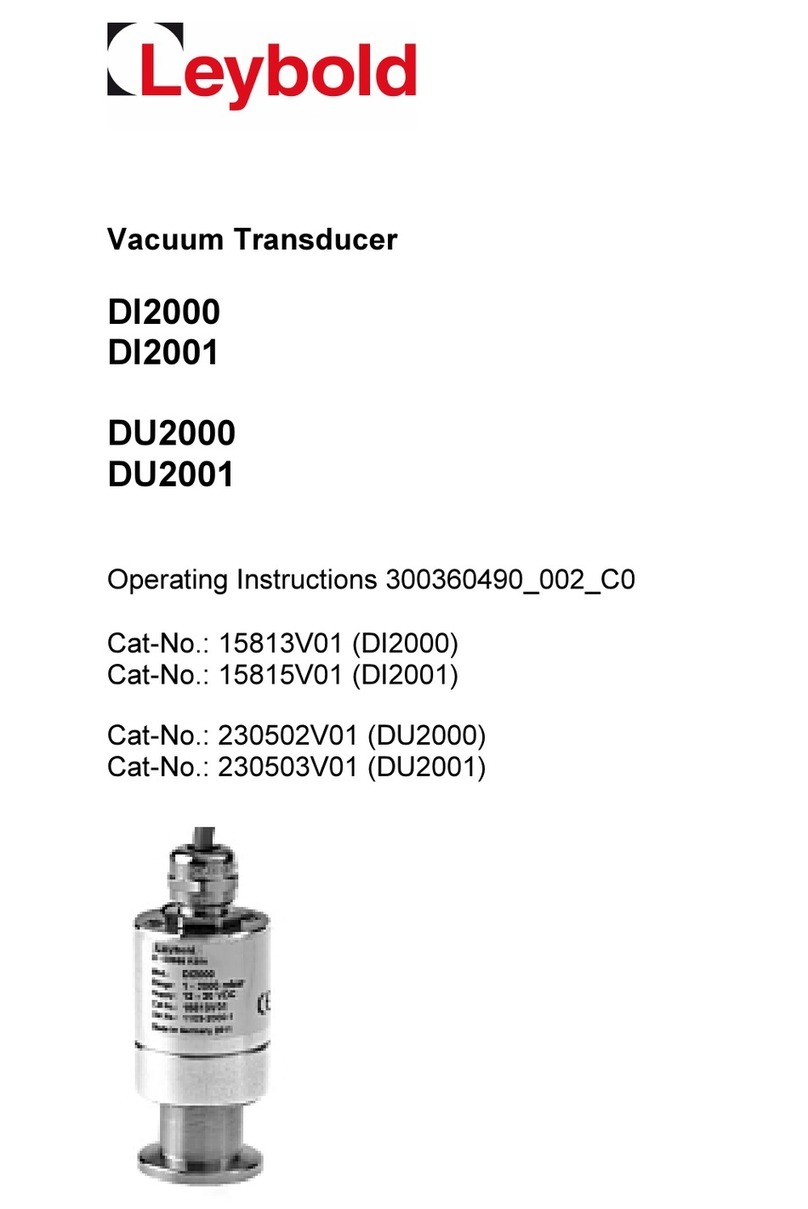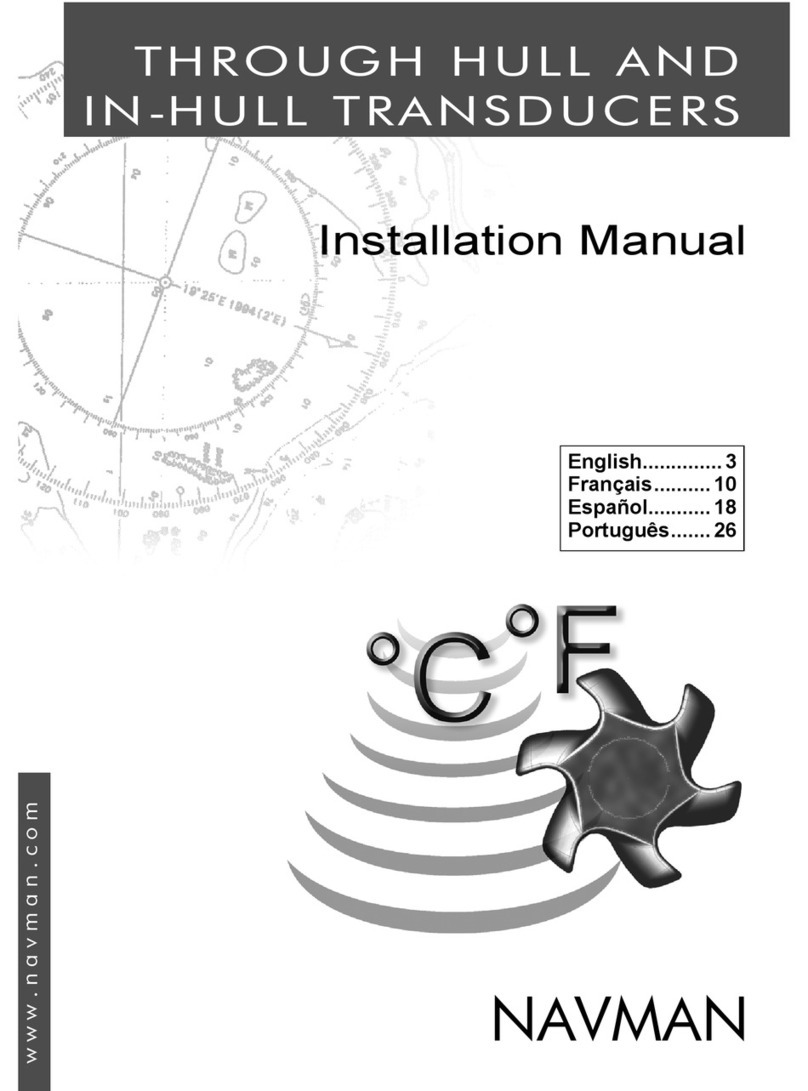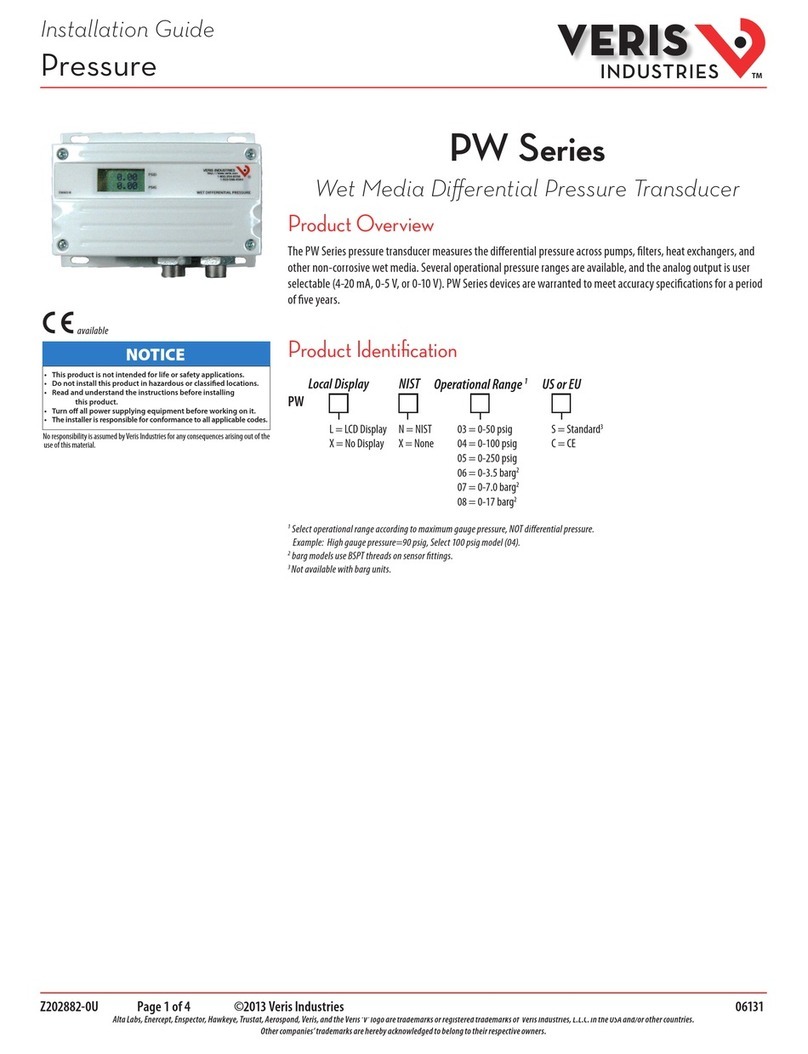bk ultrasound E14CL4b User manual

16-01277-EN-02
September 2015 For Professional Users Only
E14CL4b Transducer
UserGuide

E14CL4b = Ref. Type 9048
LEGAL MANUFACTURER
BK Medical Aps
Mileparken 34
2730 Herlev
Denmark
Tel.:+45 44528100 / Fax:+45 44528199
www.bkultrasound.com
Email: [email protected]
The serial number label on a BK Medical product contains information about the year of
manufacture.
BK Medical Customer Satisfaction
Input from our customers helps us improve our products and services. As part of our customer
satisfaction program, we contact a sample of our customers a few months after they receive their orders.
If you receive an email message from us asking for your feedback, we hope you will be willing to
answer some questions about your experience buying and using our products. Your opinions are
important to us. You are of course always welcome to contact us via your BK Medical representative or
by contacting us directly.
If you have comments about the user documentation, please write to us at the email address above.
We would like to hear from you.
© 2015 BK Medical
Information in this document may be subject to change without notice.

3
Contents
Introduction . . . . . . . . . . . . . . . . . . . . . . . . . . . . . . . . . . . . . . . . . . . . . . . . . . . . . . 5
Intended use . . . . . . . . . . . . . . . . . . . . . . . . . . . . . . . . . . . . . . . . . . . . . . . . . . 5
Indications for use . . . . . . . . . . . . . . . . . . . . . . . . . . . . . . . . . . . . . . . . . . . . . 5
Imaging Plane . . . . . . . . . . . . . . . . . . . . . . . . . . . . . . . . . . . . . . . . . . . . . . . . . 5
General Information . . . . . . . . . . . . . . . . . . . . . . . . . . . . . . . . . . . . . . . . . . . . . . . 6
Service and Repair . . . . . . . . . . . . . . . . . . . . . . . . . . . . . . . . . . . . . . . . . . . . . 6
Caring for the Transducer. . . . . . . . . . . . . . . . . . . . . . . . . . . . . . . . . . . . . . . . 6
Reprocessing . . . . . . . . . . . . . . . . . . . . . . . . . . . . . . . . . . . . . . . . . . . . . . . . . . . . . 7
Starting Imaging . . . . . . . . . . . . . . . . . . . . . . . . . . . . . . . . . . . . . . . . . . . . . . . . . . 7
Connecting the Transducer. . . . . . . . . . . . . . . . . . . . . . . . . . . . . . . . . . . . . . . 7
Changing Frequency. . . . . . . . . . . . . . . . . . . . . . . . . . . . . . . . . . . . . . . . . . . . 7
Using a Transducer Cover . . . . . . . . . . . . . . . . . . . . . . . . . . . . . . . . . . . . . . . 8
Using the Transducer Control Button. . . . . . . . . . . . . . . . . . . . . . . . . . . . . . . 8
Changing Orientation . . . . . . . . . . . . . . . . . . . . . . . . . . . . . . . . . . . . . . . . . . . 8
Endorectal Imaging with E14CL4b. . . . . . . . . . . . . . . . . . . . . . . . . . . . . . . . . . . . 9
Adjusting Image Area and Using Expanded Sector (Trapezoidal View). . . . 9
Puncture and Biopsy Facilities . . . . . . . . . . . . . . . . . . . . . . . . . . . . . . . . . . . . . . . 9
Puncture Attachment UA1232 . . . . . . . . . . . . . . . . . . . . . . . . . . . . . . . . . . . . 9
Performing Puncture and Biopsy. . . . . . . . . . . . . . . . . . . . . . . . . . . . . . . . . . . . . 11
Prostate Volume Determination . . . . . . . . . . . . . . . . . . . . . . . . . . . . . . . . . . 12
Radioactive Source Implantation . . . . . . . . . . . . . . . . . . . . . . . . . . . . . . . . . 12
Cleaning after Puncture and Biopsy . . . . . . . . . . . . . . . . . . . . . . . . . . . . . . . 13
Disposal . . . . . . . . . . . . . . . . . . . . . . . . . . . . . . . . . . . . . . . . . . . . . . . . . . . . . . . . 13
English source version
16-01277-EN-02

4

E14CL4b User Guide
(16-01277-EN-02)
5
Introduction
This is the user guide for the E14CL4b transducer, and it must be used together with
the
Care and Cleaning
user guide which contains important safety information.
Intended use
The transducer is intended for diagnostic ultrasound imaging or fluid flow analysis
of the human body.
Indications for use
E14CL4b
is suitable for transrectal imaging, transvaginal imaging, guidance of
all transperineal interventional procedures including brachytherapy and
cryotherapy treatments.
It is also suitable for elastography
1
and contrast imaging
2
.
E14CL4b contains two arrays — a curved array for transverse (T) imaging, and
a linear array for sagittal (S) imaging. Both arrays can be used separately or they
can be used simultaneously. When using the simultaneous biplane feature, you
are able to view two planes at once with a single transducer, and this helps
determine the true position of the needle and its tip during puncture and biopsy
.
Patient Population
The patient population is adults.
Imaging Plane
Figure 1. E14CL4b
Physicians
only
Caution
Rx-c1
Federal law in North America restricts this device to sale to, or on the order of, a
physician.
1. Elastography on the bk5000 has not been licensed by Health Canada.
2. Contrast imaging on the bk3000/bk5000 has not been licensed by Health Canada. In the USA,
contrast-enhanced ultrasound has not been market cleared by the FDA, with the exception of
only select cardiac imaging applications.
Sagittal Button Transverse Button

6
September 2015
E14CL4b User Guide
(16-01277-EN-02)
Figure 2. Imaging plane for E14CL4b.
General Information
Product specifications, acoustic output data and data about EMC (electromagnetic
compatibility) for this transducer can be found in the
Product Data Sheet
and the
Technical Data (BZ2100)
that accompany this user guide.
Service and Repair
Caring for the Transducer
The transducer may be damaged during use or reprocessing, so it must be checked
before use for cracks or irregularities in the surface, following the procedure in
Care
and Cleaning
. It should also be checked thoroughly once a month following the
same procedure.
INSERT scanning PLANE IMAGE
Sagittal Plane
Transverse Plane
WARNING GS-w2
If at any time the system malfunctions, or the image is severely distorted or degraded, or you
suspect in any way that the system is not functioning correctly:
•
Remove all transducers from contact with the patient.
•
Turn off the system. Unplug the system from the wall and make sure it cannot be used
until it has been checked.
•
Do not try to repair the system yourself.
•
Contact your BK Medical representative or hospital technician.
WARNING AO-w1
To avoid tissue damage, always keep the exposure level (the acoustic output level and the
exposure time) as low as possible.
WARNING SR-w1
Service and repair of BK Medical electromedical equipment must be carried out only by the
manufacturer or its authorized representatives. BK Medical reserves the right to disclaim all
responsibility, including but not limited to responsibility for the operating safety, reliability
and performance of equipment serviced or repaired by other parties. After service or repairs
have been carried out, a qualified electrical engineer or hospital technician should verify the
safety of all equipment.

E14CL4b User Guide
(16-01277-EN-02)
7
Reprocessing
To ensure the best results when using BK Medical equipment, it is important to
maintain a strict cleaning routine.
Complete details and procedures can be found in
Care and Cleaning
that
accompanies this user guide.
A list of reprocessing methods that the transducer can withstand are listed in the
Product Data Sheet
.
Sterile covers are available. See the
Product Data Sheet
for more information.
Starting Imaging
Before use, all equipment must be reprocessed according to expected use.
Connecting the Transducer
The transducer is connected to the system using the array transducer socket on the
system. To connect, flip the system’s locking lever to the right. Align the transducer
plug to the system socket and insert securely. Flip the system’s locking lever to the
left to lock it.
When connected, the transducer complies with Type BF requirements of EN60601-1
(IEC 60601-1).
Changing Frequency
The multifrequency imaging (MFI) control enables you to select the imaging
frequency. See the applicable system user guide for instructions. The selected
frequency is displayed on the monitor.
WARNING Reproc-w2
Users of this equipment have an obligation and responsibility to provide the highest degree
of infection control possible to patients, co-workers and themselves. To avoid cross
contamination, follow all infection control policies for personnel and equipment established
for your office, department, or hospital.
WARNING T-w5
To prevent electrical shock and damage to the transducer, the connector pins in the
transducer plug must always be completely dry before you connect to a system.
WARNING GS-w4a
It is essential for the patient’s safety that only the correct equipment is used.
•
Do not use other manufacturers’ transducers with BK Medical ultrasound systems.
•
Do not use BK Medical transducers with other manufacturers’ systems.
•
Do not use unauthorized combinations of transducers and puncture attachments.
•
Do not use other manufacturers’ puncture attachments with BK Medical transducers.

8
September 2015
E14CL4b User Guide
(16-01277-EN-02)
Using a Transducer Cover
BK recommends the use of a sterile transducer cover to reduce the risk of cross-
contamination. See the
Product Data Sheet
for a list of available transducer covers.
Follow local guidelines for the use of transducer covers in your area.
NOTE:
In the United States of America, it is recommended to use transducer covers
that have been market cleared. In Canada, use only licensed transducer covers. In
Europe, transducer covers must be CE-marked.
Apply sterile gel to the tip of the transducer or fill the cover with 1 to 2 ml of sterile
water. This improves screen imaging by preventing image artifacts caused by air
bubbles.
Gel also creates a good acoustic contact between the skin and the transducer;
therefore, apply a small amount to the outside of the cover prior to imaging and re-
apply frequently.
Follow these precautions when putting sterile covers on a transducer:
•
Wear sterile gloves.
•
When using a puncture attachment, place it gently over the cover and secure it,
following the instructions for the puncture attachment.
•
Verify that the cover has not been damaged in the process. If it has, repeat the
procedure with a new transducer cover.
Using the Transducer Control Button
The transducer has two control buttons, one for the sagittal array and one for the
transverse array (Fig. 1). Pressing the button activates (starts) or freezes (stops)
imaging in that plane. Press the button for more than one second to make a copy of
the image. Each time the button is pressed, a “beep” is emitted.
Changing Orientation
To change the orientation of the image on the monitor, refer to the applicable system
user guide for instructions.
WARNING TC-w1
Some transducer covers can contain latex. Because of reports of severe allergic reactions to
medical devices containing latex (natural rubber), the FDA advises health-care professionals
to identify their latex-sensitive patients and be prepared to treat allergic reactions promptly.
Caution T-c3
Use only water-based gel (sterile if you are using a sterile transducer cover). Products
containing parabens, petroleum, or mineral oils may harm the transducer or transducer
cover.

E14CL4b User Guide
(16-01277-EN-02)
9
Endorectal Imaging with E14CL4b
E14CL4b is designed for simultaneous biplane imaging of the prostate.
Adjusting Image Area and Using Expanded Sector (Trapezoidal View)
The width of the image area can be adjusted using the Width key on the
scanner’s control panel. See the applicable system user guide for instructions.
With the Expanded Sector feature and E14CL4b, you can increase the
transverse sector angle from a default width of 140° to 180°. And, you can
increase the default sagittal view of 65mm to a trapezoidal view, which
provides an additional 15°on each side.
Figure 3. Dotted lines indicating expanded sectors on E14CL4b
Puncture and Biopsy Facilities
Puncture and biopsy are possible with the E14CL4b transducer. The puncture
attachment is illustrated in the following pages with a brief description of its use and
operating instructions.
Puncture Attachment UA1232
Puncture attachment UA1232 (Fig. 4) is designed for transperineal puncture
and biopsy.
It consists of:
• A needle guide and a mounting ring with a lock screw. The needle guide comprises
9 parallel guide channels, spaced 5mm apart, each with an internal diameter of
2.1mm, suitable for an 14 Gauge needle.
WARNING Colo-w1
Do not use excessive force during insertion. Do not make excessive lateral
movements during or after insertion. Risk of injury or tissue damage to the
patient could occur under certain circumstances. A digital palpation of the
rectum may need to be carried out by a clinician prior to insertion or use of the
probe as a precautionary measure.

10
September 2015
E14CL4b User Guide
(16-01277-EN-02)
The guide channels are angled at 0° to the transducer’s longitudinal axis and
90° to the transverse imaging plane.
Note:
The needle guide can be adjusted 90mm lengthwise with respect to the
mounting ring using the adjustment screw
.
Figure 4. Puncture attachment UA1232.
To mount UA1232:
1
Loosen the lock screw and slide the attachment over the tip of the transducer
until the lock screw pressure-pad meets the steel stud on the side of the
transducer.
2
The puncture attachment should be correctly positioned (Fig. 5) before the lock
screw is tightened.
3
No force should be used when attaching the puncture attachment to the
transducer.
Figure 5. E14CL4b with puncture attachment UA1232.
All parts of the puncture attachment can be autoclaved or disinfected by
immersion in a suitable solution.

E14CL4b User Guide
(16-01277-EN-02)
11
Performing Puncture and Biopsy
If the transducer is not sterilized, cover it with a sterile transducer cover.
If the transducer cover is damaged when attaching the puncture attachment, replace
it with a new cover.
See the
Product Data Sheet
for a list of available transducer covers.
Press the
Puncture
or
Biopsy
control on the system to superimpose a puncture line on
the scan image.
If more than one puncture line is available, refer to the applicable system user guide
for instructions on how to change which one appears.
Move the transducer until the puncture line transects the target. Insert the needle and
monitor as it moves along the puncture line to the target. The needle tip echo will be
seen as a bright dot on the screen.
The puncture line will differ depending on the imaging plane orientation. In the
sagittal plane, the puncture path is indicated by a line of dots. The distance between
each puncture dot is 5mm.
In the transverse plane, a single dot indicates the point at which the needle will
transect the imaging plane.
To remove the puncture line from the scan image, refer to the applicable system user
guide for instructions.
WARNING P-w1
Before you start imaging, verify that the type number of the transducer and the type
number or description of the puncture attachment you are using match the number
displayed on the monitor. Also make sure that the needle guide is positioned correctly. If
they do not match, or if the needle guide position is not correct, the puncture line on the
monitor may not correspond to the true puncture path in the tissue. In case of any
inconsistency, stop imaging, turn off the system, and contact your local BK Medical
representative.
WARNING P-w4
The puncture line on the image is an indication of the expected needle path. To avoid
harming the patient, the needle tip echo should be monitored at all times so any deviation
from the desired path can be corrected.
WARNING TC-w4
If you detach the needle guide during interventional procedures, the transducer cover could
be damaged. To avoid cross-contamination, cover the transducer with a new transducer
cover before reattaching the needle guide.
WARNING P-w5
Avoid unnecessary tissue damage. When performing a biopsy, always make sure that the
needle is fully drawn back inside the needle guide before moving the transducer.

12
September 2015
E14CL4b User Guide
(16-01277-EN-02)
.
Figure 6. Illustration of the puncture lines for puncture attachment UA1232.
Prostate Volume Determination
Refer to the system user guide for instructions on how to carry out a prostate
volume determination, and the best procedure to use.
Radioactive Source Implantation
E14CL4b can be used with the CMS AccuseedTM Brachystepper System and
with CIVCO AccuCare stepper units for radioactive seed implantation.
Please consult the appropriate stepper documentation for instructions on Source
Implantation, including Preplanning, Needle Loading and Implantation.
E14CL4b should be prepared for transrectal imaging and biopsy as described
earlier in this guide, and mounted and ’’locked’’ in the stepping unit.
The volume study of the prostate is performed, the radiation dose planned and
the needles loaded.
To superimpose the source matrix on to the monitor, refer to the system user
guide for further details.
Before starting source implantation, anchor the prostate to the matrix using
thread or needles to prevent it moving during needle placement.
Always place the needles individually, starting at the top of the matrix
according to the predetermined sequence.
Using a transverse view of the prostate, advance the needle. Change to the
sagittal plane to find the position of the needle on the screen and monitor it
during insertion.
WARNING B-w5
Always place the cradle in the ’’locked’’ position before seed implantation. When the cradle
is in this position, the matrix on the stepping unit corresponds with the matrix puncture
pattern in the transverse plane on the scanner’s monitor.

E14CL4b User Guide
(16-01277-EN-02)
13
When the needle is in place, the radioactive sources can be expelled into the
gland. The needle is then removed. The sagittal plane can be used to check the
position of the radioactive sources. Repeat this sequence until implantation is
complete. The anchors can then be removed.
Cleaning after Puncture and Biopsy
Use a suitable brush to make sure that biological material and gel are removed from
all channels and grooves. See
Care and Cleaning
for cleaning instructions.
Disposal
When the transducer is scrapped at the end of its life, national rules for the relevant
material in each individual land must be followed. Within the EU, when you discard
the transducer, you must send it to appropriate facilities for recovery and recycling.
WARNING Reproc-w3
Immediately after use, you must pre-clean the device until visually clean (including
device lumens if existing). Conduct the thorough cleaning process as soon as
possible after use in order to prevent bioburden drying on the surface. Dried
bioburden can lead to inefficient cleaning, disinfection and sterilization, causing a
risk of cross-contamination.
If pre- and thorough cleaning cannot be done immediately, keep the device moist until
cleaning.
WARNING D-w1
For contaminated disposals such as transducer covers or needle guides, follow disposal
control policies established for your office, department, or hospital.

14
September 2015
E14CL4b User Guide
(16-01277-EN-02)


Table of contents
Other bk ultrasound Transducer manuals
Popular Transducer manuals by other brands

Camille Bauer
Camille Bauer SIRAX BT5500 Safety instruction
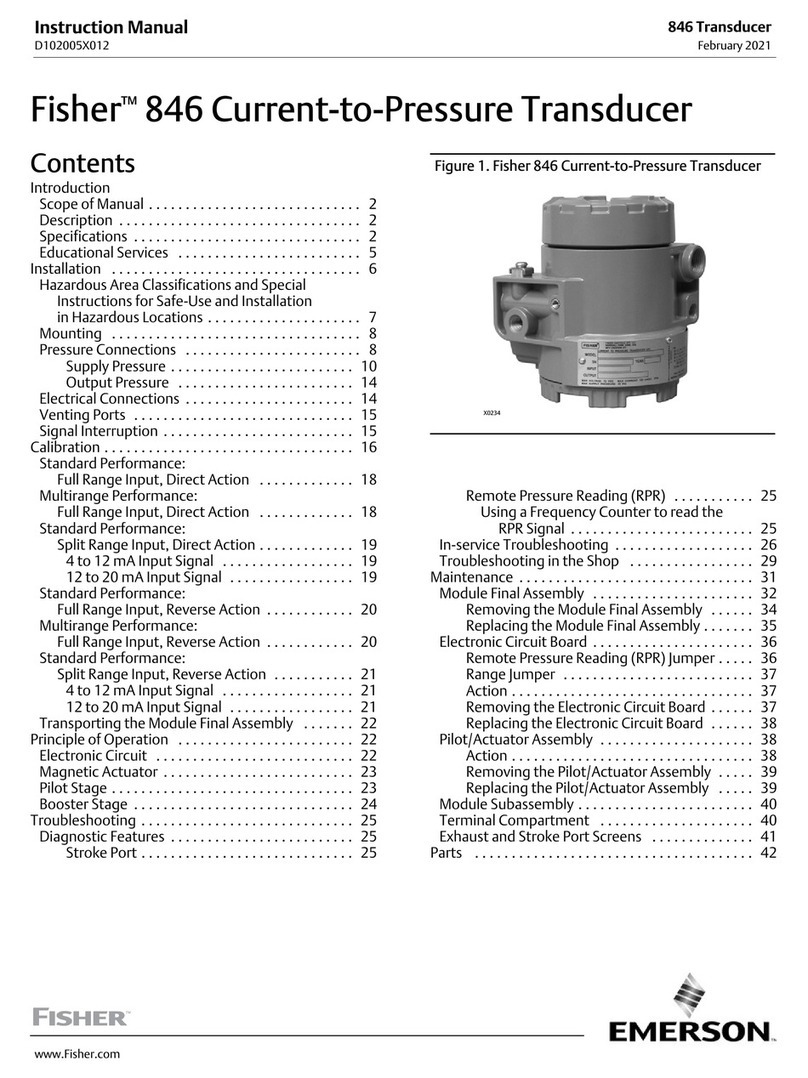
Emerson
Emerson Fisher 846 instruction manual
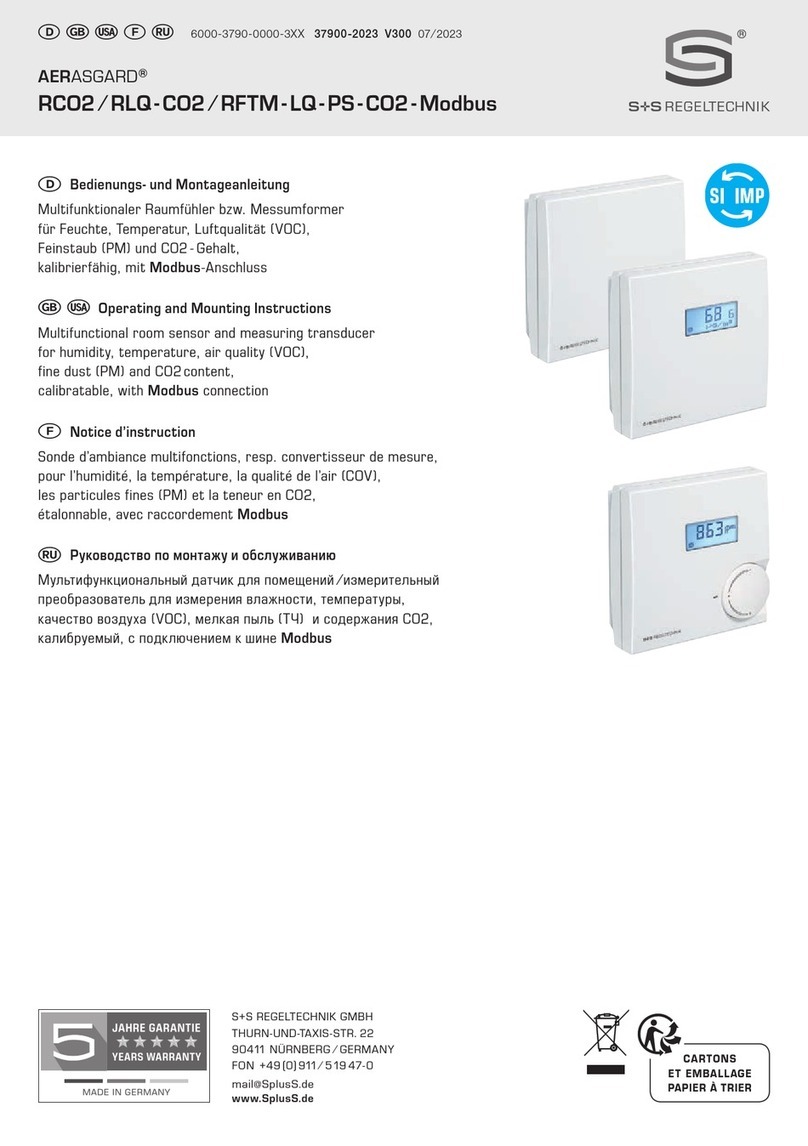
S+S Regeltechnik
S+S Regeltechnik AERASGARD RCO2 Operating and mounting instructions
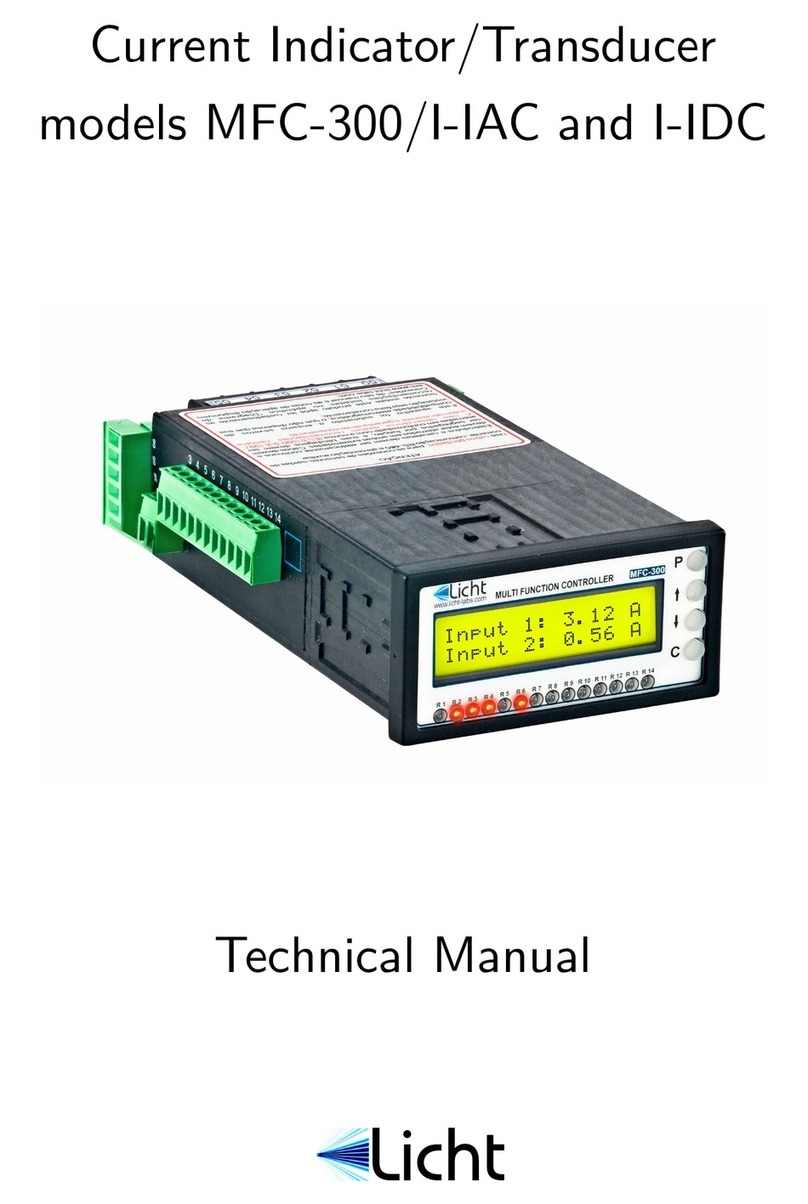
Licht
Licht MFC-300/I-IAC Technical manual
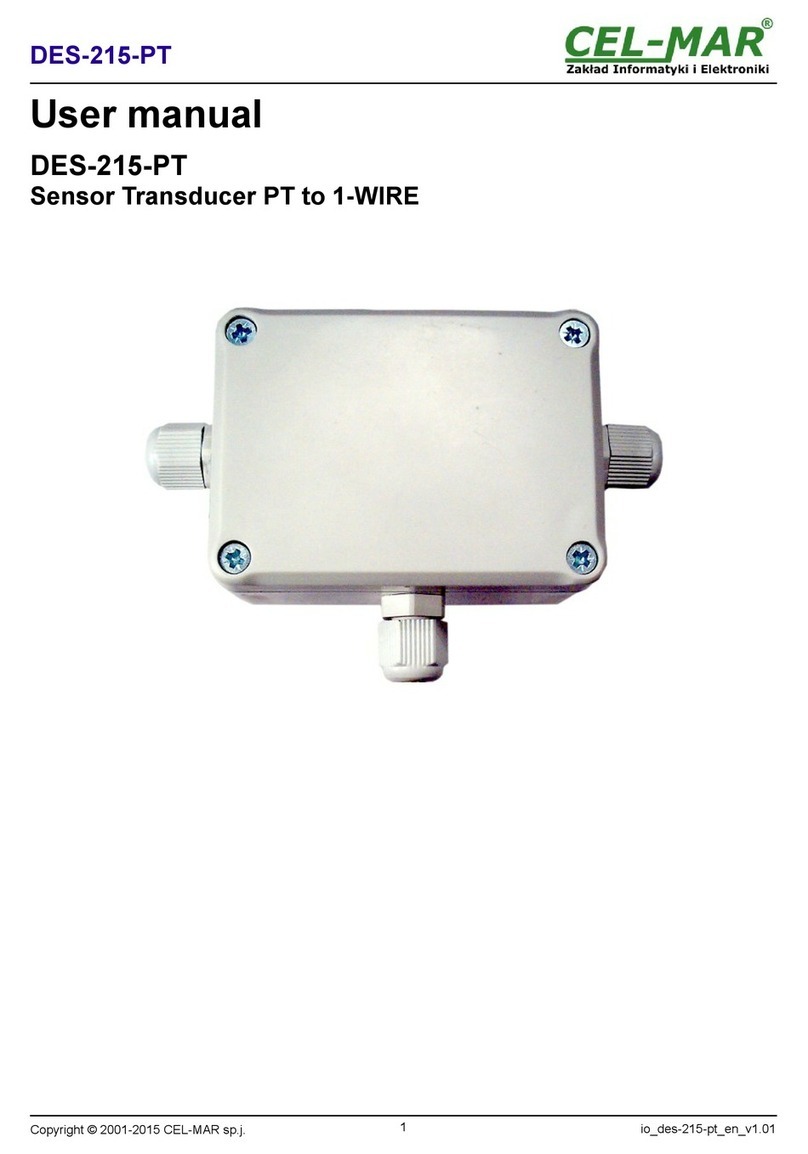
CEL-MAR
CEL-MAR DES-215-PT user manual

Balluff
Balluff Micropulse BTL5-A series user guide
